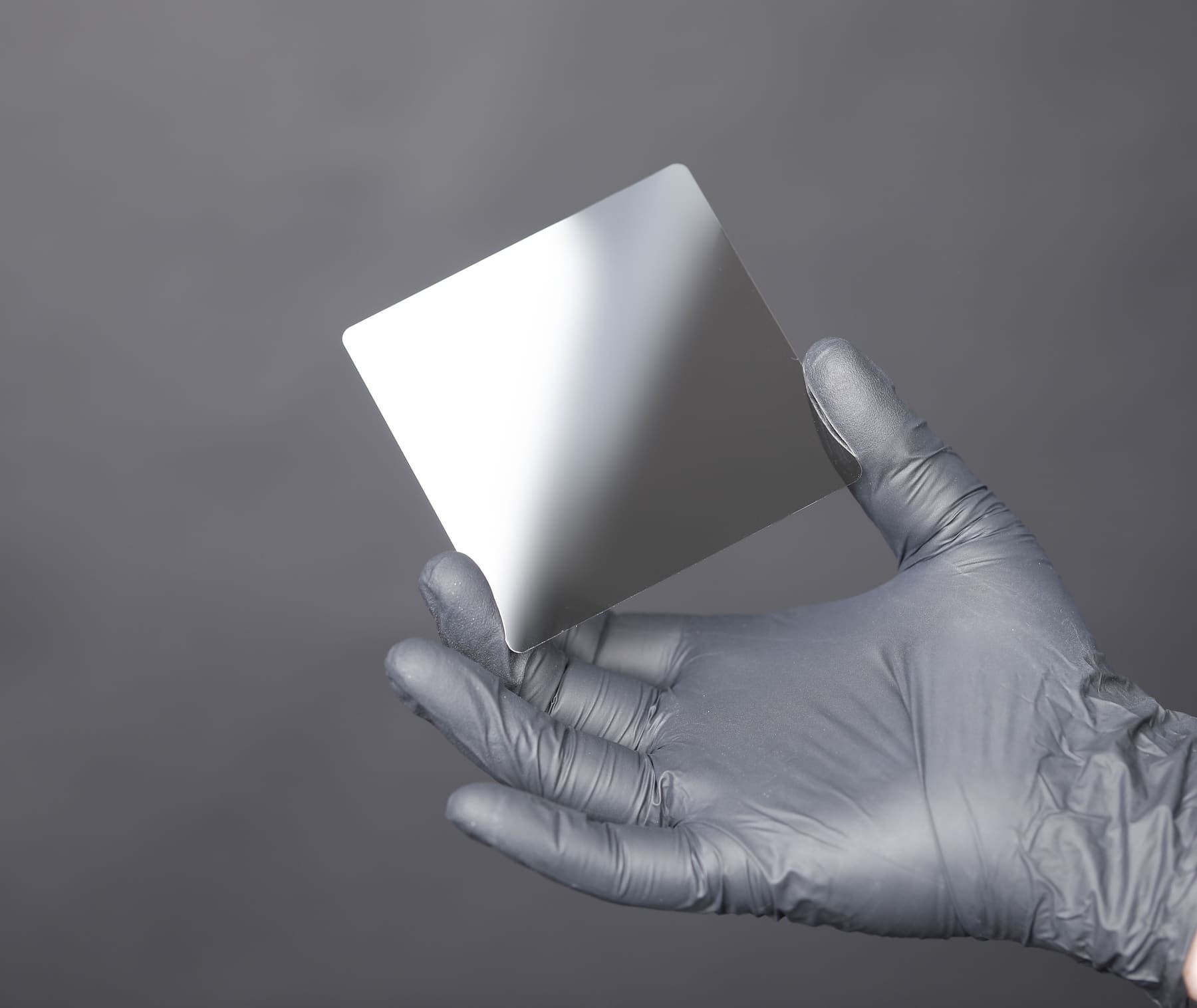The German startup presents a disruptive technology that promises to store petabytes of information for thousands of years without the need for maintenance, extreme heat resistance, and unprecedented sustainability.
In a world flooded with data, where the volume of information generated doubles every two years and the durability of current storage media rarely exceeds two decades, a fundamental question is becoming urgent: how do we preserve humanity’s digital memory over the long term? The German startup Cerabyte has taken a step forward with a proposal that sounds almost utopian: storing data in ceramic glass for millennia without the need for energy, refrigeration, or maintenance.
The revolution of storage without perishable bits
Founded in 2020 by Christian Pflaum, Cerabyte is working on a data archiving solution that breaks all known paradigms. Its proposal is based on writing data using ion beams on a ceramic glass surface, creating microscopic physical structures (optical nanostructures) that can be read without contact and are resistant to extreme conditions.
In recent tests, Cerabyte has subjected its material to environments that aggressively emulate the passage of time: from boiling saltwater baths to baking in industrial ovens reaching temperatures of 1,000 degrees Celsius. The result: the data remains intact.

Comparison with traditional systems
While HDDs and SSDs offer an estimated lifespan of 5 to 10 years, and LTO magnetic tapes require constant migrations every 5 to 7 years, Cerabyte’s medium offers an entirely different time horizon.
| Technology | Estimated Durability | Energy Consumption | Long-Term Cost | Projected Capacity |
|---|---|---|---|---|
| HDD / SSD | 5-10 years | High | High | Terabytes |
| LTO Tapes | 5-30 years (with migration) | Medium | High (due to migrations) | Petabytes |
| Optical Storage | 25-100 years | Low | Medium | Limited |
| Cerabyte (ceramic glass) | >1,000 years | None | Very low | Exabytes (future) |
Cerabyte projects that its first installations will reach densities of up to 1 petabit per square inch, and in the long term, could offer exabyte-scale storage in systems with reduced physical volume and zero energy cost in operation.

How Cerabyte Works
The key to the system lies in:
- Base Material: a highly stable, non-reactive ceramic glass that is resistant to heat, radiation, and chemicals.
- Writing Process: using ion beams in a vacuum to engrave patterns that represent binary data.
- Reading Process: low-cost optical scanner, with no need for physical contact.
- Modular Format: the capability to scale from low-volume archival modules to entire data centers.
Unlike conventional technologies that require temperature control, continuous power systems, and frequent maintenance, Cerabyte’s solution can be stored on shelves or in boxes for centuries without degradation.
Critical Applications: From Governments to Cultural Memory
According to Cerabyte, the initial use cases will focus on sectors where long-term preservation is vital: government archives, scientific records, digital cultural heritage, historical data centers, and large corporations. Additionally, because it’s a technology without moving parts or energy consumption, it can also be used in adverse environments or those without stable electrical infrastructure.
Christian Pflaum, the company’s CEO, states: “We believe Cerabyte can become the new standard for long-term archival storage. Our mission is to prevent human knowledge from disappearing due to technological obsolescence.”
A Sustainable Model
One of the main added values of the solution is its almost zero environmental impact. Instead of the thousands of disks that must be recycled each year and the high electricity consumption of active storage systems, Cerabyte proposes a passive architecture, with non-polluting materials and highly efficient reading and writing processes.
Moreover, the use of recording technologies already present in the semiconductor industry allows the solution to be feasible on a large scale without requiring new industrial processes.
When Will It Be Available?
According to the company’s latest technical report (White Paper v2.25), Cerabyte expects to begin the first pilot tests in selected data centers in 2025, with broader commercial deployments in 2026. Its cost per terabyte is expected to be competitive with that of magnetic tape, but with an incomparably superior cost-durability ratio.
In an era where the amount of digital information threatens to exceed global storage capacity, solutions like Cerabyte represent a bold bet for a more sustainable, durable, and resilient future. If confirmed, we could be witnessing the birth of a new technological pillar: data archiving that transcends generations.
Is ceramic glass the DNA of the digital archive of the future? All indications point to yes. And with companies like Cerabyte leading this race, the future of digital memory seems more solid—and eternal—than ever.


